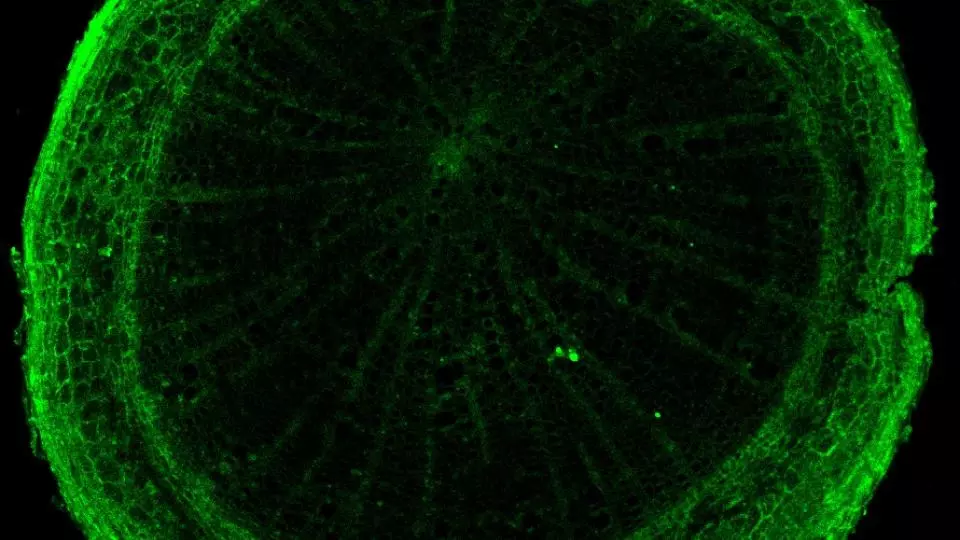The omnipresent nature of plastic waste threatens the environment in all sorts of ways, particularly as it is broken down into tiny fragments known as microplastics. This includes contaminating soil through sources such as wastewater irrigation and sewage, and scientists in Germany are exploring an interesting solution to this problem, demonstrating how birch trees might be used to soak up the small plastic particles with their roots.
Microplastics measuring less than 5 mm (0.2 in) in size are beginning to show up everywhere, from snowfall in the Arctic to sea ice in the Antarctic and the upper reaches of the world's tallest mountain in between. While the extent of the pollution is increasingly clear, there remains much to learn about its effects on different ecosystems (though scientists are making good inroads around the risk to marine organisms).
Similarly, studies have shown that tiny plastic particles can be taken up by plants, including vegetables that we eat. Others have demonstrated that they accumulate in the root systems, which poses a problem for root crops like carrots and potatoes, but raises the possibility of using plants to remove plastic particles from ecosystems in a controlled manner.
The team in Germany, made up of scientists from the Leibniz-Institute of Freshwater Ecology and Inland Fisheries, the German Research Centre for Geosciences and art studio Studio Austen, sought to apply this thinking to silver birch trees. Use of this species has been studied as a way of cleaning industrial pollutants and heavy metals from polluted soils, as they can sequester the contaminants in their tissues. Because their roots grow close to the soil surface where microplastic contamination is known to be higher, the scientists saw them as a good candidate to tackle this form of pollution.
The experiments involved adding microplastic beads tagged with fluorescent dyes to the soil of potted silver birch trees. The root systems were analyzed using fluorescence and confocal laser scanning microscopy five months later, which revealed microplastics in different sections of the root system in between five and 17 percent of the trees.

While the impacts of microplastic absorption on the silver birch trees will be subject to further research, we have seen studies demonstrate how it can negatively affect plant growth. One published in June of 2020 showed that the particles can build up and reduce the total biomass of a plant, which doesn't bode well for crop productivity.
"The uptake rate of microplastics and the effects on the short- and long-term health of the trees still need to be studied," said Kat Austen, the lead author of the study. "But this pilot study suggests birch has real potential for long-term soil remediation solutions – including reducing the amount of microplastics in soil and possibly water."
The research was published in the journal Science of The Total Environment.
Source: Leibniz-Institute of Freshwater Ecology and Inland Fisheries




